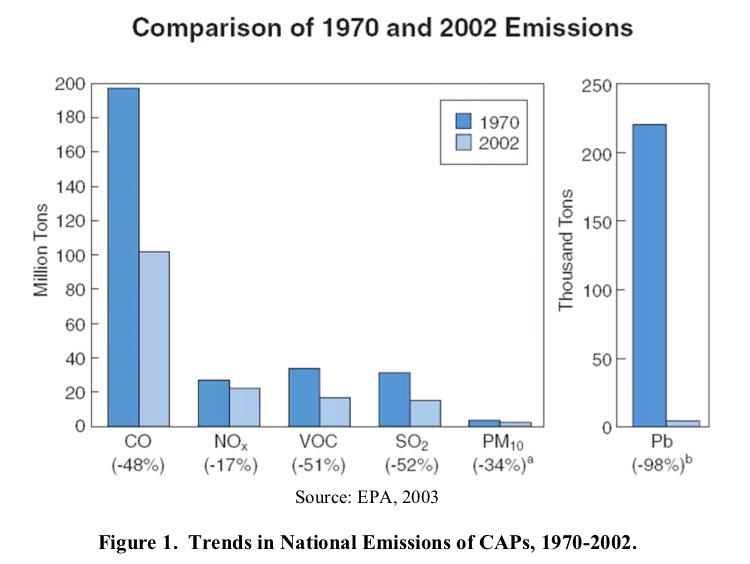Regulatory Modeling Intermediate

Reading Guide
Regulatory modeling is the science related to the development and use of agency-approved computer models for specific regulatory purposes, such as New Source Review (NSR) Permitting and Air Quality Implementation Plans. The main approach in regulatory modeling is the identification of proper simulation tools and default assumptions to assure a uniform and fair application of air quality laws and regulations.
Many nations provide support guidelines for regulatory applications, e.g., the US EPA has the Support Center for Regulatory Atmospheric Modeling (SCRAM). The European Union has Air Quality Directives.
A summary chapter (Irwin, 2005) is included as pdf file and presents a historical look at the Development of Regulatory Air Quality Models in the US. Another included chapter (Bartos, 2007) presents an Overview of the U.S. Clean Air Act (CAA). The CAA of 1970 and CAA Amendments of 1990 are two of the most important environmental laws ever enacted by the United States, and continue to serve as a model for other environmental laws, both in the United States and internationally.
Material
- Irwin, J. 2005. A Historical Look at the Development of Regulatory Air Quality Models for the United States Environmental Protection Agency. Chapter 18 of AIR QUALITY MODELING - Theories, Methodologies, Computational Techniques, and Available Databases and Software. Vol. II – Advanced Topics (P. Zannetti, Editor). Published by The EnviroComp Institute and the Air & Waste Management Association.
Guide prepared by P. Zannetti (9/2020). For corrections or expansions please contact us.